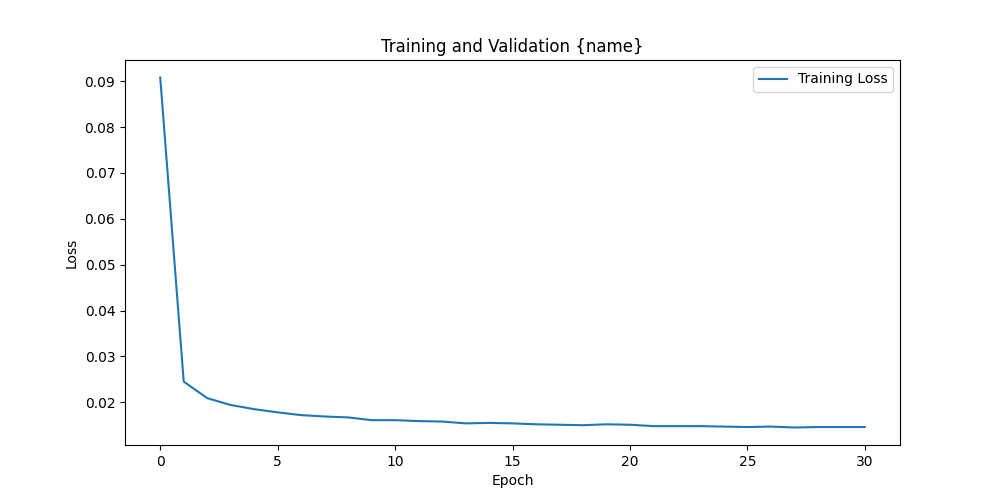tags:
- Diffusion
- Data Generation
language: en
task: Data generation for computer vision tasks
datasets: MNIST
metrics:
epoch: 31
train_loss:
- 0.0908
- 0.0245
- 0.0209
- 0.0194
- 0.0185
- 0.0178
- 0.0172
- 0.0169
- 0.0167
- 0.0161
- 0.0161
- 0.0159
- 0.0158
- 0.0154
- 0.0155
- 0.0154
- 0.0152
- 0.0151
- 0.015
- 0.0152
- 0.0151
- 0.0148
- 0.0148
- 0.0148
- 0.0147
- 0.0146
- 0.0147
- 0.0145
- 0.0146
- 0.0146
- 0.0146
license: unknown
model-index:
- name: diffusion-practice-v1
results:
- task:
type: nlp
name: Data Generation with Diffusion Model
dataset:
name: MNIST
type: mnist
metrics:
- type: loss
value: '0.01'
name: Loss
verified: false
NLI-FEVER Model
This model is fine-tuned for Natural Language Inference (NLI) tasks using the FEVER dataset.
Model description
Intended uses & limitations
This model is intended for use in NLI tasks, particularly those related to fact-checking and verifying information. It should not be used for tasks it wasn't explicitly trained for.
Training and evaluation data
The model was trained on the FEVER (Fact Extraction and VERification) dataset.
Training procedure
The model was trained for 31 epochs Train Losses of [0.0908, 0.0245, 0.0209, 0.0194, 0.0185, 0.0178, 0.0172, 0.0169, 0.0167, 0.0161, 0.0161, 0.0159, 0.0158, 0.0154, 0.0155, 0.0154, 0.0152, 0.0151, 0.015, 0.0152, 0.0151, 0.0148, 0.0148, 0.0148, 0.0147, 0.0146, 0.0147, 0.0145, 0.0146, 0.0146, 0.0146].
How to use
You can use this model directly with a pipeline for text classification:
from transformers import pipeline
classifier = pipeline("text-classification", model="YusuphaJuwara/nli-fever")
result = classifier("premise", "hypothesis")
print(result)
Saved Metrics
This model repository includes a metrics.json file containing detailed training metrics.
You can load these metrics using the following code:
from huggingface_hub import hf_hub_download
import json
metrics_file = hf_hub_download(repo_id="YusuphaJuwara/nli-fever", filename="metrics.json")
with open(metrics_file, 'r') as f:
metrics = json.load(f)
# Now you can access metrics like:
print("Last epoch: ", metrics['last_epoch'])
print("Final validation loss: ", metrics['val_losses'][-1])
print("Final validation accuracy: ", metrics['val_accuracies'][-1])
These metrics can be useful for continuing training from the last epoch or for detailed analysis of the training process.
Training results
Limitations and bias
